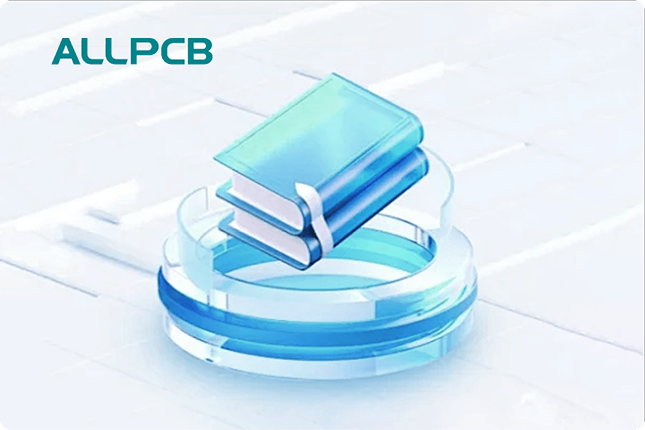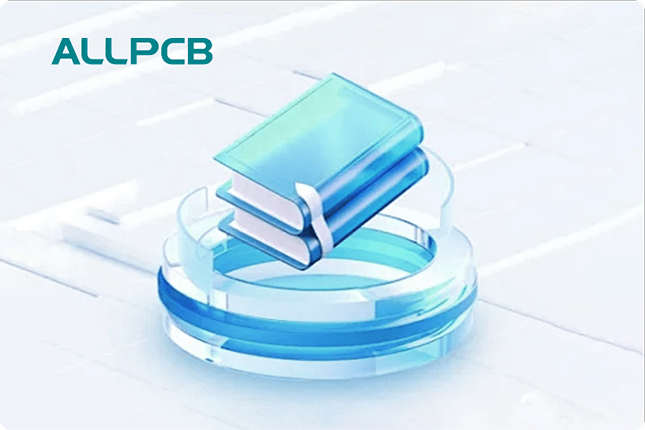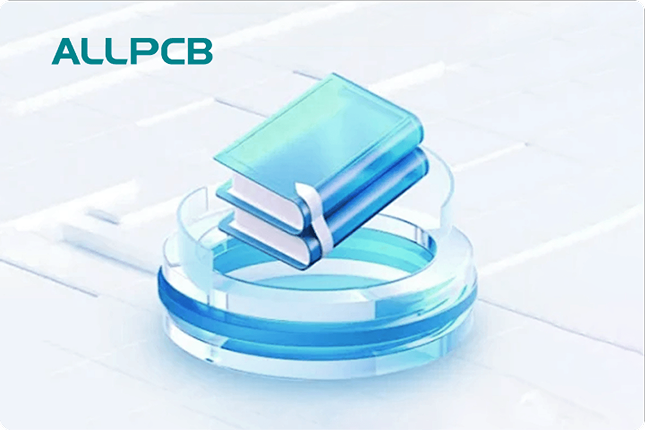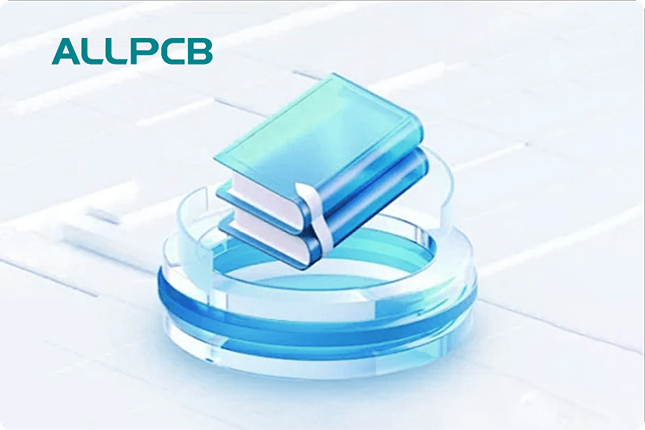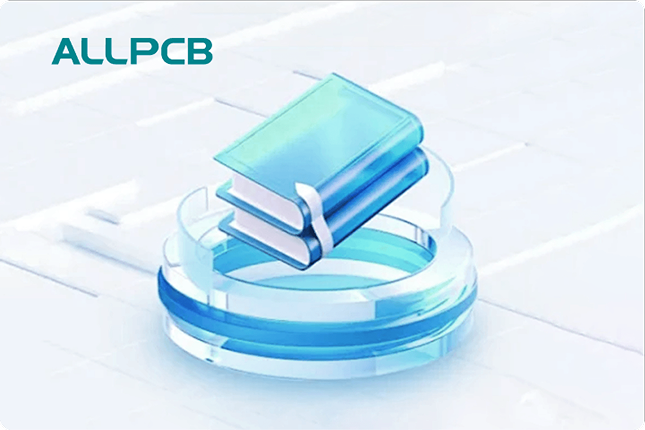If you're diving into spacecraft projects or satellite designs, choosing the right PCB materials is crucial. For beginners exploring PCB materials comparison, space projects, DIY PCB, satellite PCB, and PCB laminate options, this guide offers a clear starting point. We'll break down the essential materials used in spacecraft PCBs, compare their properties, and help you understand what works best for the harsh conditions of space.
In this blog, we'll explore the unique challenges of designing PCBs for space, the key materials suited for these projects, and how they differ in performance. Whether you're a hobbyist working on a DIY PCB for a small satellite or an engineer learning about space-grade electronics, you'll find practical insights to guide your decisions. Let’s get started with the fascinating world of PCB materials for spacecraft applications.
Why PCB Materials Matter in Spacecraft Projects
Printed Circuit Boards (PCBs) are the backbone of any electronic system, including those used in spacecraft and satellites. However, space is an unforgiving environment. Extreme temperatures, vacuum conditions, radiation, and vibrations demand materials that can endure these challenges without failing. A poor material choice can lead to circuit failure, jeopardizing an entire mission.
In space projects, PCB materials must provide excellent thermal stability, resist radiation damage, and maintain signal integrity under stress. Unlike standard electronics, where cost often drives material selection, spacecraft PCBs prioritize reliability and performance over price. Understanding these needs is the first step for anyone venturing into satellite PCB design or DIY PCB projects for space applications.

Key Challenges for PCBs in Space Environments
Before diving into a PCB materials comparison, it’s important to understand the specific challenges these materials face in space:
- Temperature Extremes: Spacecraft can experience temperatures from -150°C in the shade to over 120°C in direct sunlight. PCB materials must resist cracking or degrading under these conditions.
- Radiation Exposure: High-energy particles in space can damage electronic components and degrade materials, leading to signal errors or complete failure.
- Vacuum Conditions: The lack of air in space means materials can outgas, releasing trapped gases that may contaminate other components or affect performance.
- Vibrations and Mechanical Stress: Launch vibrations and in-orbit movements put physical stress on PCBs, requiring materials with high mechanical strength.
- Signal Integrity: High-frequency signals used in satellite communication demand materials with low dielectric loss to maintain clarity over long distances.
These factors make material selection for space projects far more complex than for terrestrial applications. Let’s explore the PCB laminate options that can meet these demands.
Common PCB Materials for Spacecraft Projects
When it comes to satellite PCB design and space projects, not all materials are created equal. Below, we’ll compare popular PCB laminates and substrates used in these applications, focusing on their properties and suitability for harsh space conditions.
1. Polyimide Laminates
Polyimide is one of the most widely used materials for spacecraft PCBs due to its exceptional thermal stability and flexibility. It can withstand temperatures ranging from -269°C to 400°C, making it ideal for the extreme conditions of space. Polyimide also offers good resistance to radiation and chemicals, ensuring long-term reliability.
- Dielectric Constant: Around 3.5 at 1 MHz
- Thermal Conductivity: 0.2–0.3 W/m·K
- Key Advantage: Excellent performance in temperature extremes and flexibility for compact designs.
- Drawback: Higher cost compared to standard materials like FR-4.
Polyimide is often the go-to choice for satellite PCB designs where reliability is non-negotiable. It’s also suitable for DIY PCB projects if you’re experimenting with small-scale space electronics and can source this material.
2. PTFE (Teflon) Based Laminates
Polytetrafluoroethylene (PTFE) laminates, often reinforced with ceramic or glass, are known for their low dielectric loss and excellent signal integrity. These properties make them ideal for high-frequency applications, such as communication systems in satellites.
- Dielectric Constant: 2.1–2.5 at 10 GHz
- Loss Tangent: 0.0009–0.002 (very low, ensuring minimal signal loss)
- Key Advantage: Superior performance for high-frequency signals in satellite communication.
- Drawback: Difficult to process and expensive, which may deter beginners in DIY PCB projects.
PTFE-based materials are often used in critical communication modules of spacecraft, where maintaining signal clarity over vast distances is essential.
3. Ceramic-Filled Laminates
Ceramic-filled laminates combine high thermal conductivity with low thermal expansion, making them suitable for managing heat in space electronics. They are often used in power systems or areas where heat dissipation is a concern.
- Dielectric Constant: 6.0–10.0 depending on composition
- Thermal Conductivity: 1.5–3.0 W/m·K (higher than polyimide or PTFE)
- Key Advantage: Excellent heat management for high-power components.
- Drawback: Brittle nature can be a concern under mechanical stress or vibrations during launch.
For space projects requiring robust thermal management, ceramic-filled laminates are a strong contender, though they may not be ideal for flexible designs.
4. FR-4 (Limited Use in Space)
FR-4, a common material in everyday electronics, is rarely used in spacecraft projects due to its poor performance in extreme conditions. It’s made of woven fiberglass and epoxy resin, offering decent mechanical strength but lacking in thermal and radiation resistance.
- Dielectric Constant: 4.5–4.8 at 1 MHz
- Thermal Conductivity: 0.25 W/m·K
- Key Advantage: Low cost and easy availability for DIY PCB beginners.
- Drawback: Unsuitable for space due to outgassing and poor temperature tolerance (max around 130°C).
While FR-4 might be tempting for cost-conscious DIY PCB projects, it’s not recommended for actual space applications. It can be useful for prototyping or testing ideas on Earth before moving to space-grade materials.
Comparing PCB Materials for Space Projects: A Detailed Breakdown
Now that we’ve covered the main PCB laminate options, let’s compare them across critical factors for space projects. This PCB materials comparison will help beginners in satellite PCB design make informed choices.
| Material | Thermal Stability | Radiation Resistance | Signal Integrity | Cost | Best Use Case |
|---|---|---|---|---|---|
| Polyimide | Excellent (-269°C to 400°C) | High | Good | High | General spacecraft electronics |
| PTFE-Based | Good (-200°C to 260°C) | Moderate | Excellent | Very High | High-frequency communication |
| Ceramic-Filled | Very Good (-100°C to 300°C) | High | Moderate | High | Power systems with heat concerns |
| FR-4 | Poor (up to 130°C) | Low | Moderate | Low | Prototyping, not spaceflight |
This table highlights why materials like polyimide and PTFE are preferred for space projects over standard options like FR-4. For DIY PCB enthusiasts, starting with affordable materials for testing is fine, but transitioning to space-grade laminates is essential for real missions.
Tips for Selecting PCB Materials for Satellite PCB Designs
Choosing the right PCB laminate for space projects can feel overwhelming, especially for beginners. Here are some practical tips to guide your decision:
- Match Material to Mission Requirements: If your satellite PCB focuses on communication, prioritize low-loss materials like PTFE. For general control systems, polyimide offers a balanced choice.
- Consider Thermal Management: High-power components need materials with better heat dissipation, such as ceramic-filled laminates.
- Test for Outgassing: Ensure the material has low outgassing properties to avoid contamination in the vacuum of space. Check manufacturer data for compliance with space standards.
- Budget Wisely: While cost shouldn’t compromise quality in space projects, beginners working on DIY PCB designs can start with prototypes using cheaper materials before investing in premium laminates.
- Consult Standards: Look into guidelines from space agencies or industry standards like ECSS (European Cooperation for Space Standardization) for material recommendations.

Special Considerations for DIY PCB Projects in Space
For hobbyists and students working on DIY PCB projects aimed at small satellites or CubeSats, the journey from concept to launch is exciting but challenging. While professional missions have access to advanced materials and testing facilities, DIY builders often work with limited resources. Here’s how to approach material selection:
- Start Small: Use affordable materials like FR-4 for initial designs and testing on Earth. This allows you to refine your circuit before committing to expensive space-grade laminates.
- Partner with Experts: Collaborate with universities or organizations that offer access to testing environments simulating space conditions.
- Focus on Durability: Even in DIY projects, prioritize materials with some level of thermal and mechanical stability to mimic real conditions during testing.
- Learn from Open Resources: Many space enthusiast communities share designs and material insights for small satellite projects. Leverage these to guide your choices.
DIY PCB projects for space are a fantastic learning opportunity, but always aim to transition to proper materials if your design moves toward an actual launch.
How Manufacturing Processes Impact Material Performance
Beyond selecting the right PCB laminate, the manufacturing process plays a big role in how well the material performs in space. For instance, improper lamination can introduce voids or weak spots that fail under vibration or thermal stress. Ensuring high-quality fabrication is essential, especially for satellite PCB designs.
Key manufacturing factors include:
- Layer Bonding: Strong adhesion between layers prevents delamination in temperature swings.
- Trace Precision: Accurate etching ensures signal integrity, especially for high-frequency materials like PTFE.
- Surface Finish: Finishes like ENIG (Electroless Nickel Immersion Gold) are preferred in space for corrosion resistance and reliability.
For beginners, partnering with a reliable manufacturer familiar with space-grade requirements can make a significant difference in the final product’s performance.
Conclusion: Making the Right Choice for Spacecraft PCBs
Understanding PCB materials for spacecraft projects is a critical step for anyone involved in space projects, whether you’re a professional engineer or a DIY enthusiast. Through this PCB materials comparison, we’ve seen how polyimide, PTFE-based, and ceramic-filled laminates outperform standard options like FR-4 in the harsh conditions of space. Each material has its strengths, from thermal stability to signal integrity, and the right choice depends on your specific satellite PCB needs.
For beginners exploring DIY PCB designs or learning about space electronics, starting with accessible materials for prototyping is a smart move. However, transitioning to space-grade laminates is essential for real missions. By considering factors like temperature extremes, radiation, and signal requirements, you can select a PCB laminate that ensures reliability and success in orbit.
At ALLPCB, we’re committed to supporting your journey into space electronics with high-quality manufacturing solutions tailored to your needs. Whether you’re building a small CubeSat or designing complex satellite systems, the right materials and processes can turn your vision into reality.

 ALLPCB
ALLPCB


